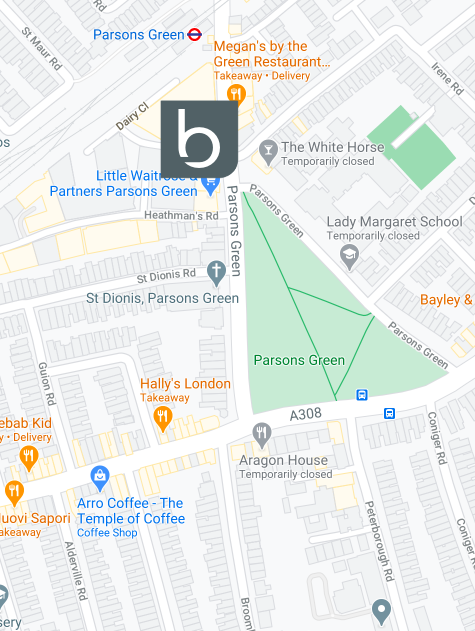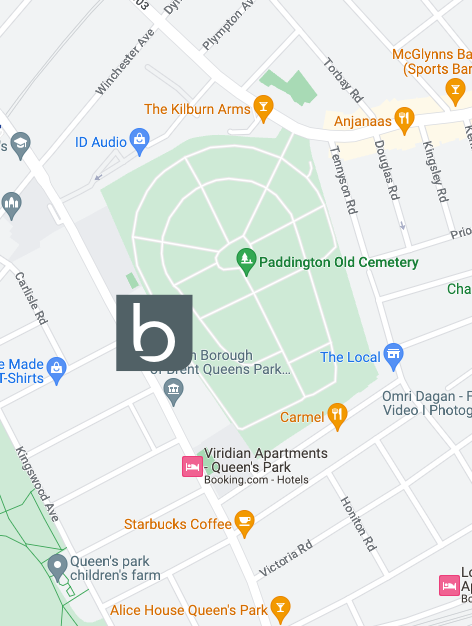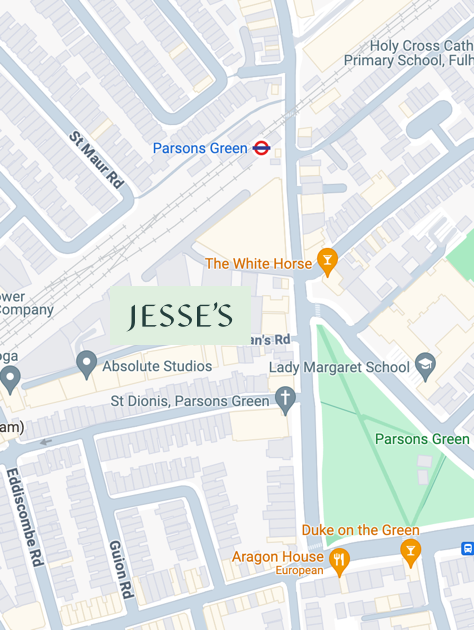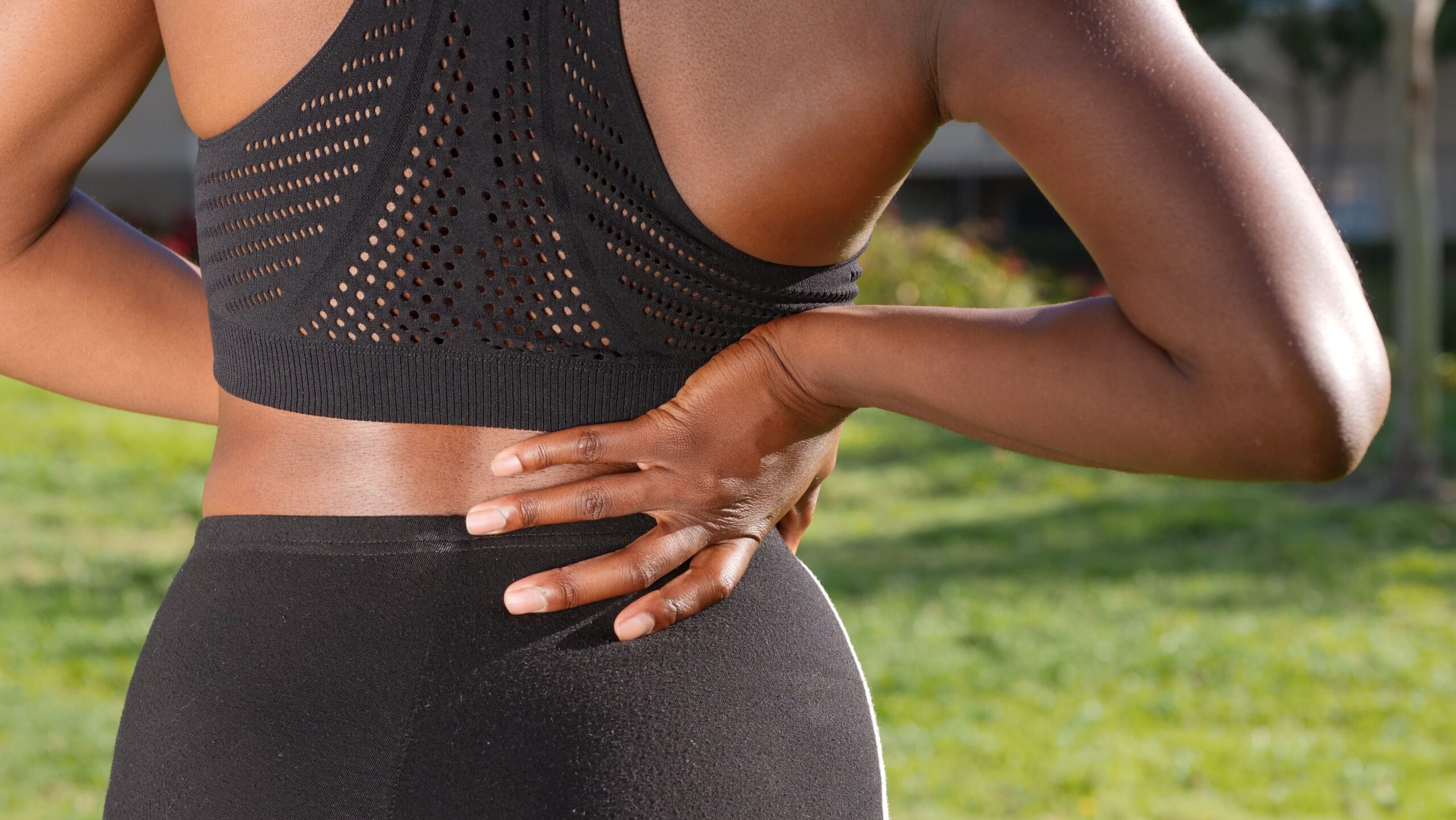
Close
Enquiry
Please see contact information below or complete the form and we will get in touch with you.

Parsons Green
3rd Floor Brigade House
8 Parsons Green
London
SW6 4TN

Queen's Park
2nd Floor
105-109 Salusbury Road
London
NW6 6RG

Jesse's House
8-10 Heathmans Road
Parsons Green
London
SW6 4TJ
Lower Back Pain: causes, symptoms and treatment

Low back pain (LBP) is the fifth most common reason for doctor visits and is the most common injury we see at the Beyond Health clinic here in Parson Green, London.
It affects 60-80% of people throughout their lifetime, with some estimates of lifetime prevalence as high as 84% in the adult population. It can be a severe and debilitating condition with some studies showing that up to 23% of the world’s adults suffer from chronic (ongoing) LBP.
Here is an expert guide to LBP to help you guard against or recover from it, featuring key information about causes, treatment programmes and recovery times.
Lower Back Pain symptoms and causes
As well as inflammation and pain in the back, LBP can be compounded by sciatica (pain in the leg) and muscle spasms. It can compromise your quality of life in many different ways, stopping you from working, playing your favourite sports and enjoying life to the full.
Extensive sitting is the biggest contributor to LBP. Poor seated posture further contributes to this problem. In people who sit for long periods, we see structural changes in the discs, ligaments and muscle tissue in the back. These changes make it physiologically harder to achieve good posture, increasing the risk of LBP.
Even if you sit with perfect posture, there is still 50% more pressure in the lowest two lumbar discs compared to if you were standing up straight. As well as sitting, repeated bending and/or twisting will also add to this pressure.
LBP is a particularly painful condition because the pain ‘messages’ your brain receives are ‘louder’ than in different injuries. This is because your body is reacting to the fact that the spinal cord is so close to the injured tissues. Your body is protecting the spinal cord from damage because it is so vital to the way your entire body functions.
Lower Back Pain diagnosis and treatment
Back pain is often referred to as ‘non-specific back pain’ because it can be difficult to be 100% accurate when identifying which part of the back is injured. We do know that the most commonly affected tissue in the back is in the fibrous and strong lumbar discs, which sit between the vertebrae. The next most commonly affected tissue is the facet joints. There are facet joints on each side of every vertebra.
Research into LBP has found that even a single acute episode, with or without significant pain, produces dramatic weakness in your spinal muscles. Therefore, LBP should not be dismissed, ignored or ‘got on with’. Those who don’t address their LBP properly are at risk of developing chronic pain. They may also develop compensatory movement patterns which can create excessive pressure on the middle back and hips.
Critical to a speedy recovery is accurate diagnosis by an experienced physiotherapist. Your recovery will involve manual therapies to alleviate pain and restore your movement, followed by a targeted exercise programme to strengthen your core and global muscles (Core muscles stabilise and support your skeleton, while global muscles move it).
If your injury is severe, atypical or not responding as expected with correct management after two to three weeks, you may be referred to a spinal consultant for imaging (MRI) and help with management.
Options for management of severe and persistent pain include strong medication, spinal injections or in very rare cases surgery.
Lower Back Pain recovery
The length of rehabilitation directly correlates to the severity of the injury. A small disc injury in a relatively fit person could take four weeks for the pain to reduce, while a large injury in a deconditioned person could take six months.
Degeneration (wear) in discs and/or facets, which is completely normal and starts in our 20s, tends to prolong recovery. However, the good news is that research shows 80-90% of people have significant improvement in symptoms within six weeks. Where nerve compression has occurred, full recovery can take up to six months.
When the pain has eased, the critical aim is to rebuild strength you have lost – or build what you didn’t have! Meaningful muscle strength improvement takes six to 12 weeks and only accelerates once the pain has eased.
This will take much longer in those who are deconditioned, with many patients requiring exercise-based rehabilitation for several months to recover completely and avoid recurrence. Recovery is also affected by a number of factors including age, hormones, weight, physical and mental stress, nutrition and sleep.
Full commitment to your exercise programme is vital – without this getting back to full fitness will be extremely difficult.
Treatment at Beyond Health
Lower Back Pain requires accurate diagnosis and manual therapy for pain relief, followed by a targeted exercise rehabilitation programme, focused on the deficits your injury has caused and your recovery goals. At Beyond Health, we specialise in not only helping people get over injuries, but getting them back to full fitness and stronger than ever.
We do this via our RESTORE > TRANSFORM > PERFORM programme that sees our Beyond Health physios create an individualised recovery plan for you, created with the help our cutting-edge biomechanical screen, which incorporates industry-leading analysis equipment to identify and accurately measure your strength deficits and movement issues.
Expert physio in Parsons Green, London
If you are suffering from lower back pain, or any other physical issue, get in touch with us to arrange an assessment at our clinic.

